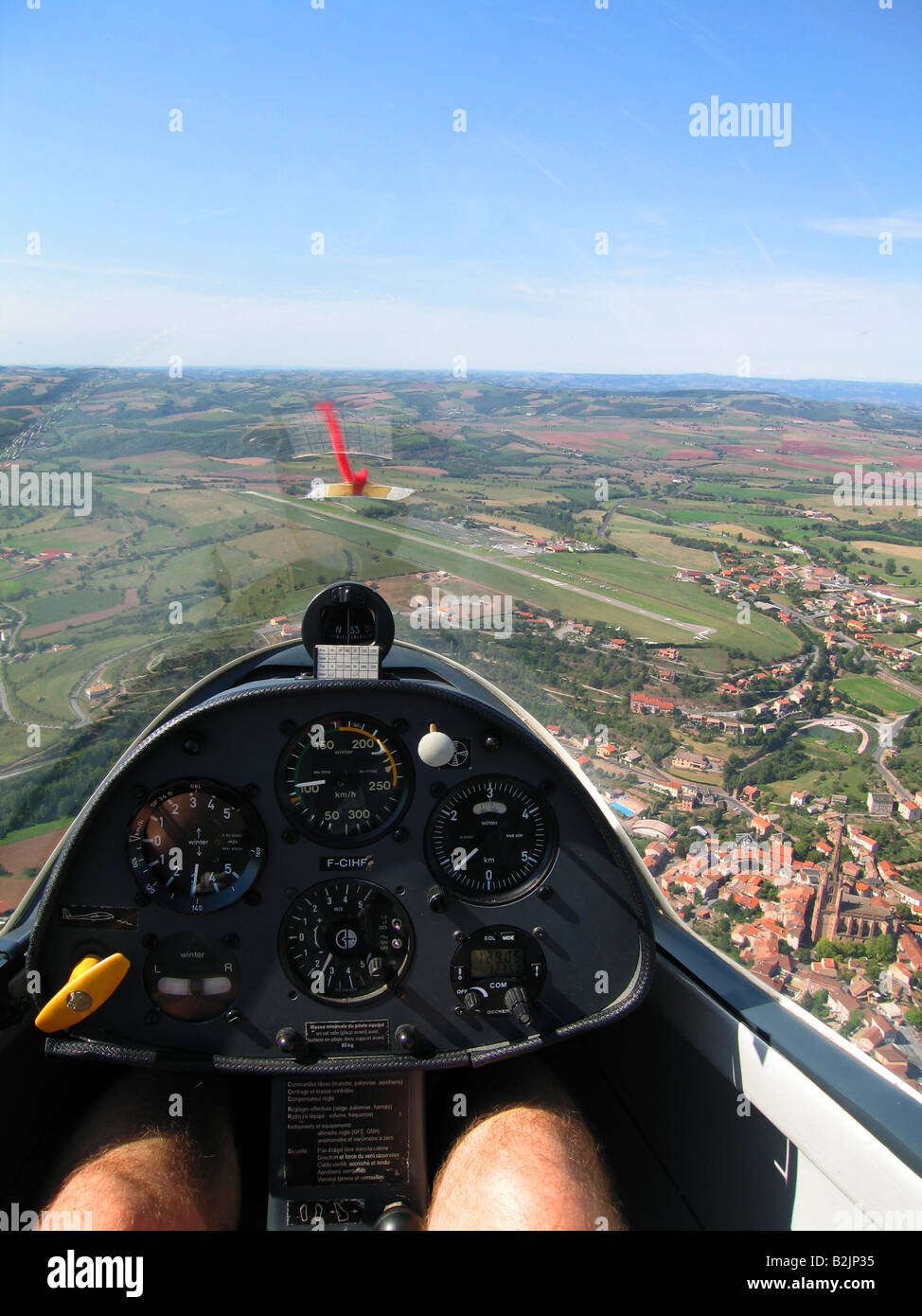


Multiple servers can be managed from a single Cockpit instance. The Cockpit management interface uses selectable blocks for each configuration category. To access Cockpit, point the web browser to your computer or server IP on the port 9090: IP:9090. Restart Cockpit: systemctl restart cockpit.socket
#VIEW FROM COCKPIT INSTALL#
Ubuntu/Debian 10: sudo apt install cockpit-dashboard cockpit-podman cockpit-machines cockpit-networkmanager cockpit-packagekit cockpit-storaged To install any of these modules on your system, run the following commands using the name of the module above.įedora/CentOS 8/RHEL 8: sudo dnf install cockpit-dashboard cockpit-podman cockpit-machines cockpit-networkmanager cockpit-packagekit cockpit-storaged
#VIEW FROM COCKPIT UPDATE#
Cockpit-packagekit can install, remove, or update packages.Ĭockpit can manage a system’s storage devices, including creating and formatting partitions, managing LVM volumes, and connecting to iSCSI targets, by using cockpit-storaged. Using cockpit-networkmanager allows you to configure network interfaces, create bonds, bridges, VLANs, firewall rules, and more. This module deprecates the famous virt-manager tool. This plugin allows users to create, delete, or update storage pools and networks, modify virtual machines, and gain access to a console viewer. With cockpit-machines, you can manage virtual machines using libvirt. To manage containers using Podman, you can use cockpit-podman. Multiple computers or servers can be managed from a single Cockpit instance by installing cockpit-dashboard. Cockpit offers the Starter Kit to use as a starting point to develop your own modules. To open the firewall ports (if needed), execute the following commands: sudo firewall-cmd -add-service=cockpit -permanentĪs mentioned before, Cockpit can be extended using existing plugins or by writing your own. To enable the socket, execute the following command: sudo systemctl enable -now cockpit.socket To install in Ubuntu/Debian 10, execute the following command: sudo apt install cockpit

To install in Fedora/CentOS 8/RHEL 8, execute: sudo dnf install cockpit So, to perform administrative tasks, the user needs permission to use sudo or PolicyKit to escalate privileges.Ĭockpit is available and supported in most major distributions. It creates a session as the logged in user and has the same permissions as that user.
#VIEW FROM COCKPIT DOWNLOAD#
Download RHEL 9 at no charge through the Red Hat Developer program.


 0 kommentar(er)
0 kommentar(er)
